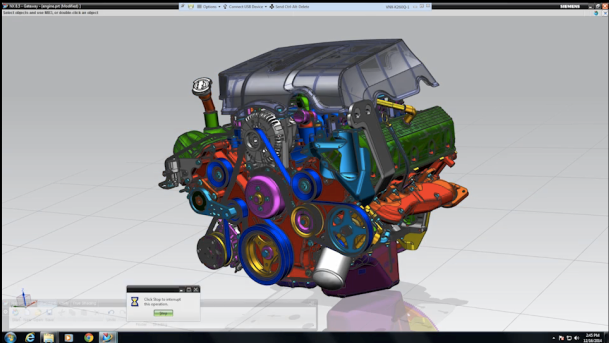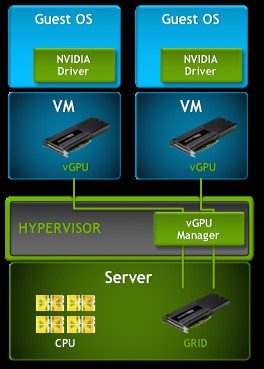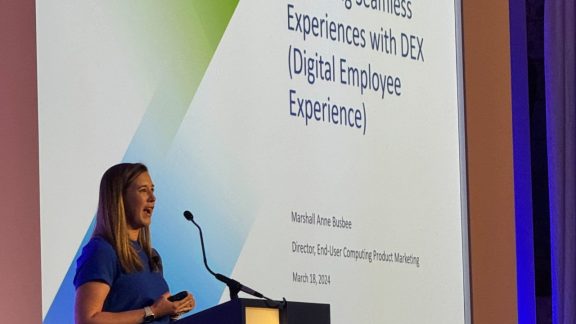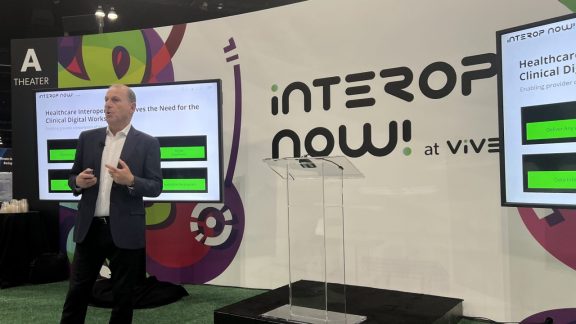 Workstations are the way work gets done in many industries around the world, such as aerospace, automotive, space exploration, oil and gas. Engineers and designers have traditionally relied on dedicated graphics workstations to perform the most demanding tasks, such as manipulating 3D models and visually analyzing large data sets. Standalone workstations are anchored to brick-and-mortar facilities. These workstations also carried high acquisition and maintenance costs, requiring the user to be present in the lab or office.
Workstations are the way work gets done in many industries around the world, such as aerospace, automotive, space exploration, oil and gas. Engineers and designers have traditionally relied on dedicated graphics workstations to perform the most demanding tasks, such as manipulating 3D models and visually analyzing large data sets. Standalone workstations are anchored to brick-and-mortar facilities. These workstations also carried high acquisition and maintenance costs, requiring the user to be present in the lab or office.
With VMware Horizon 6, we broke those bonds and delivered an untethered, high-performance graphics experience with the addition of GPU virtualization.
Now with the advances in VMware Horizon 7, we have doubled down on user experience and further raised the bar, liberating users from their offices. Now, workers in these industries have the freedom to work from any location on any device, accessing their virtual workstations within private and public clouds.
Innovations in hardware-based graphics acceleration and virtualization technology have made graphics workstation virtualization a reality. With Horizon 7, VMware Blast Extreme display protocol and advanced graphics processing cards, virtual desktops can meet and even exceed the performance expectations of designers and researchers accustomed to working on high-end standalone graphics workstations.
In partnership with NVIDIA, we have delivered a joint solution solution that taps into the power of NVIDIA GRID to further enhance and accelerate the performance of any application delivered via the Blast Extreme protocol. But before we go there, let us review what graphics virtualization for virtual workstations.
[Related: AEC Firms Reap the Benefits of Cloud Desktops with NVIDIA GRID & VMware Horizon]
Many IT organizations around the world are starting to see the benefits of GPU-powered virtual workstations. Virtualizing the graphics workstation provides immediate benefits by enabling workers to collaborate and be productive from any location and using any endpoint device. This enables organizations to employ the best global talent available and work more easily with valued partners and suppliers. Virtualization also offers CAPEX and OPEX savings, driving down acquisition and maintenance costs.
Key Benefits of Virtual Workstations
 Deliver secure, immersive 3D graphics from the cloud. Power users and designers get the same graphics experience they would expect from dedicated hardware, delivered securely and cost effectively.
Deliver secure, immersive 3D graphics from the cloud. Power users and designers get the same graphics experience they would expect from dedicated hardware, delivered securely and cost effectively.- Improve collaboration workflow and reduce costs. Dispersed teams can collaborate on large graphics data sets in real time in the cloud.
- Provide greater security for mission-critical data. Protect intellectual property and improve security by centralizing data files.
- Deploy with confidence. A growing portfolio of leading ISV certifications, including Autodesk, ESRI, PTC and Siemens, ensures users get the same graphics performance and experience as from their physical PCs or workstations.
- Centralize management and reduce costs. Use a single pane of glass to assign graphics resources to end users in a balanced way. IT can now control user profiles to flexibly deliver the graphics performance needed by each user. This includes hardware resources, operating systems and applications.
- Virtualize any desktop application. Bring the power of virtualization to the user who needs it most to be productive.
- Provide flexibility and remote access to power users. Virtual workstations work independently of location, endpoint and network. Users can access their desktops and 3D applications while at work, home or traveling.
[Related: VMware Horizon 7: Your High Performance, Ultra Secure, Throwaway Laptop Is Waiting for You]
NVIDIA H.264 Encode + Blast Extreme: Our Strengths Combined
Blast Extreme delivers an exceptional 3D graphics user experience even on lower cost PCs. With the introduction of Blast Extreme, built on H.264 standard graphics codec, we set the stage for new efficiencies and performance achievable in tandem with NVIDIA. GRID provides a scalable platform of H.264 protocol-encoding capacity that helps offload this task from the host CPU, thereby improving host density and scale, while accelerating protocol performance over the network.
The figure below shows how GRID Virtual PC and Virtual Workstation profiles, combined with GRID H.264 encoding (NVENC), work with Blast Extreme to execute this function.
On the client side, IT experiences additional benefits associated with the multitudes of H.264-capable devices, whose on-board chipset often include H.264 decoding capability. This provides an additional benefit of relieving device CPU of this function, thereby improving battery life and delivering a better user experience.
[Related: VMware Horizon Blast Extreme Acceleration with NVIDIA GRID]
Blast Extreme protocol was built to deliver remarkable user experience through the LAN or WAN by using H.264 as the default video codec. The video codec is a very important component for delivering a better user experience. The codec impacts many factors, including latency, bandwidth, frames per second (FPS) and endpoint CPU offloading.
With Blast Extreme and GRID, users can now get an exceptional user experience for rich 3D graphics applications on Windows VDI, RDSH Published Apps and Linux VDI desktops on any device from any location. Horizon Clients are available on Windows, Linux, Mac, iOS, Android and Chrome OS devices and offers flexibility for rich 3D graphics for both corporate-issued and BYOD users. 4K resolutions are also supported.
ISV Certifications with Horizon & GRID
Certification ensures that VMware’s virtual workstation solution is compatible with the software products that will run on it. At VMware, we work closely with our ISVs to ensure that each step of the design process optimizes performance.
Our 3D graphics technology partners also work closely with us in the ISV certification process, testing, optimizing and certifying their offering as part of a whole-system solution.
VMware, along with our technology partners and major original equipment manufacturers (OEM), is actively engaged with major ISVs, including Autodesk, PTC, Siemens and Dassault Systems, to certify software to run on VMware’s virtual workstations.
The Winning Combination
With so many different options to support virtual workstations users, one would ask which is the best option. Obviously, for users requiring uncompromised user experience on virtual workstations, providing vDGA or vGPU acceleration for their virtual workstations is always the the best option. In addition, if the server host can support H.264 encode (e.g. NVIDIA Tesla cards) and the client can support H.264 (available with most Intel, AMD and ARM hardware) decode, Blast Extreme will deliver the exceptional user experience for virtual workstation users.
If you have any questions regarding this blog or VMware and NVIDIA solutions, please visit the NVIDIA VMware community or leave your comments below.








